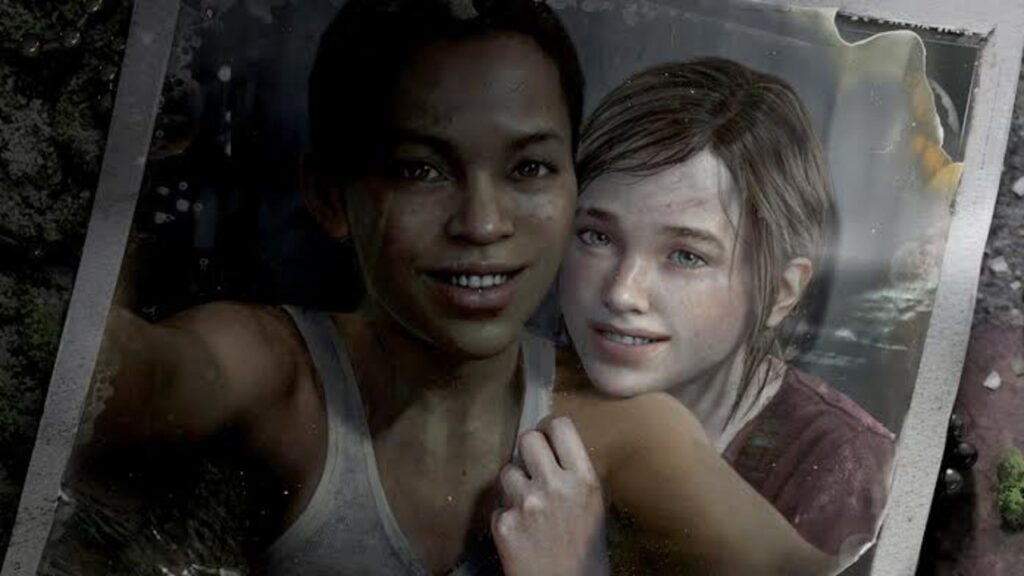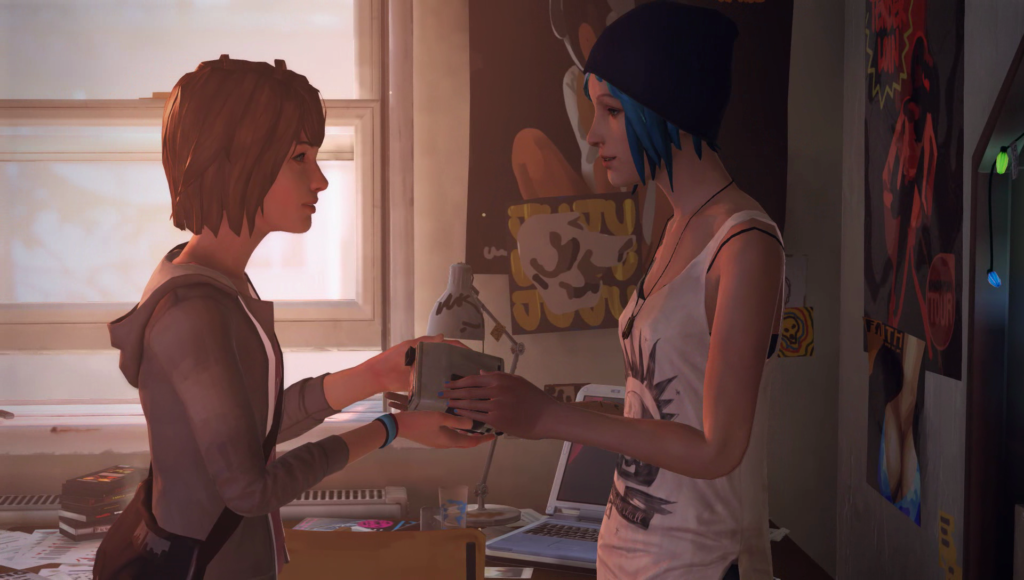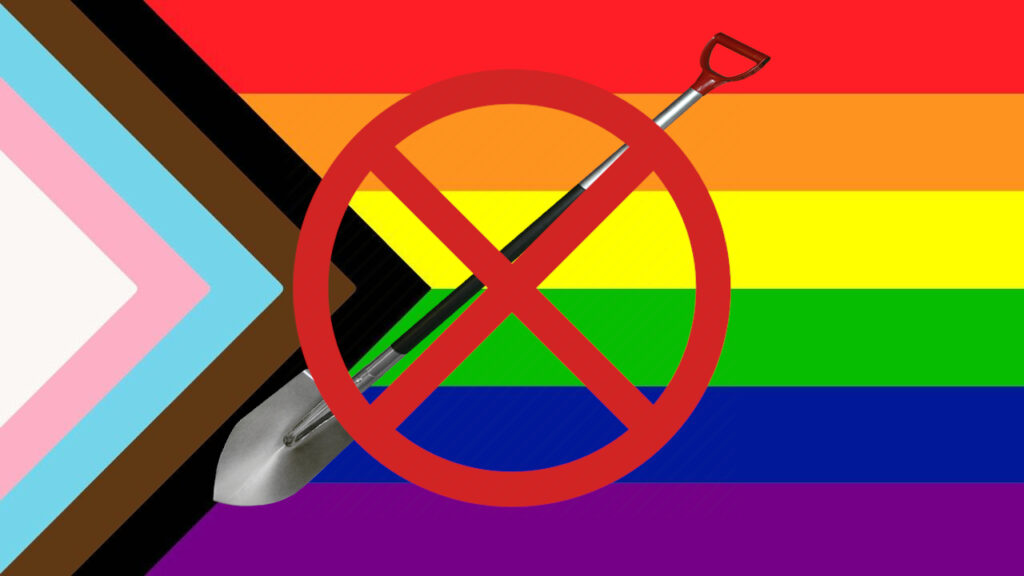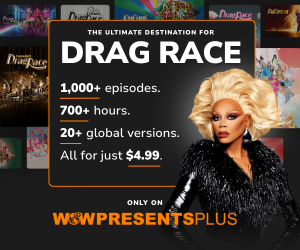It’s Time to Bury the Bury Your Gays Trope in Video Games
I can’t count the number of times I’ve watched a show, played a game, or slumped into a comfy black chair at the cinema only to find a lone queer character in a hetero-drenched swamp, doomed for tragedy or even dead before the film-reel begins to unwind due to the hands of Bury Your Gays. It’s an unfortunate trope, a trope that has become so ingrained into art that when I see two LGBTQ+ characters enjoying life and lapping it up, I’m not enjoying the moment anymore – I’m horrendously on edge, expecting something bad to happen, and with so little representation, being anxious at the finite amount is upsetting.
The term Bury Your Gays has its issues considering that the trope extends to all members of the LGBTQ+ community, such as those who are trans and, in particular, lesbian. It’s written in the two ways mentioned – dead on arrival or a tragic ending or if people want to keep it real spicy, both. And look, sure there are plenty of stories where anyone is ripe for the writer’s axe – just look at Game of Thrones which became iconic for its death-ridden world – but the problem lies with a disproportionate amount of LGBTQ+ stories ending in tragedy. It feels malicious, like a targeted attack, even if it’s inconspicuous and accidental, and that’s just because of how often it occurs. Hell, booting up Borderlands 3’s DLC, I was ecstatic to see Hammerlock wedding an equally eccentric character, but I had a nagging feeling throughout the entire ordeal that his fiance was on a slow-moving conveyor belt headed to the Bury Your Gays saw blade.
Bury Your Gays ends up painting LGBTQ+ characters in a fairly tragic light, and snuffing out those characters before we even meet them just means that writers don’t have to delve into the character’s identity at all. While it’s good that more LGBTQ+ people are filling these worlds, it’s important to note that we’re more than just ticks to fill a diversity quota, and that should come across with meaningful exploration of these character’s identities, especially when considering that the amount of people coming out as LGBTQ+ is accelerating, with a rise of 5.6% in the US identifying as such.
To help visualize what this looks at, let’s delve into some examples. Bury Your Gays is typically very anti-lesbian. Most of the scenarios this trope is used in are with gay women. Whether it’s Mai-HiME where dating Natsuki Kuga causes her best friend to kill herself or Metal Gear Solid where Peace Walker renounces her lesbian identity to become a loving mother with a… man. Bisexual? Nope, straight up straight.

The Last of Us, gaming’s darling, is no different; Ellie’s gay, something that is entirely missable in the first game unless you forked out the cash for the DLC. It’s not something that’s explored or explicitly said outright. Granted, a line in a zombie apocalypse where Ellie comes out to Joel wouldn’t really mean much – why would it be on her mind when they’re stealthily crawling around the desolate ruins of a rundown downtown, avoiding the clicking clickers? That’s why you opt for a ‘show don’t tell’ kind of approach but obviously, that’s tough when the way to show has been killed prematurely. If Naughty Dog had not ceremoniously killed Ellie’s girlfriend Riley off-screen before we even got a chance to meet her, we could’ve seen her with the Firefly’s since Riley was one. There was ample opportunity to keep her around and have her be a meaningful part of the story. Of course, considering the ending of the first game, it’s probably best to assume she would’ve just been killed by Joel at the end, anyway. But Bury Your Gays is that ingrained into fiction, and it’s not just the cishet white men of the world that perpetuate this. It’s become such a crutch that even LGBTQ+ people struggle to avoid falling into this trap themselves.
Bugsnax creative director Kevin Zuhn – who is non-binary – told me, “In earlier drafts of the script, Eggabell (a lesbian character) had died before the events of the game. That is textbook Bury Your Gays and we wound up rewriting the last third of the story to find a different way forward.” Bugsnax is a wholesome little romp full of LGBTQ+ representation, and it’s so seamless that it feels unbelievably normal and accepted. The characters embrace their rich queerness, but not in a way that it becomes their sole characteristic. It’s a huge part of who they are, though, and the fact that they get a happy ending is something I truly treasured when playing, because it subverted that nagging expectation I had throughout that something was looming on the horizon. Instead, I got to enjoy the quaint romp and its brilliant inclusion of LGBTQ+ people through and through, prompting me to even dip my toes in for a second run-through. It’s the best kind of approach.
You attach to characters, finally feel for someone you can kind-of relate to, or get giddy when the marketing team flaunts their wonderful, LGBTQ+ friendly title, only for you to find that either A, the LGBTQ+ elements are one-line tucked away, easy to miss, or B, predestined to fall apart by the end. When heterosexuals characters are appearing in droves like a horde of bloodthirsty fangirls clambering for Norman Reedus, that leaves us feeling left out and even punished for having the happiness they so often do. There’s a wealth of hereosexual characters out there, and most of them don’t die or fall into tragic plotlines or lose loved ones or have their heterosexuality hidden, so the ones that do are outliers, a narrative decision. Just look at how much Nathan Drake has been through in Uncharted, from tangling with international bloodthirsty treasure hunters to hanging off a train doomed to fall in the middle of nowhere. He always gets out, and what more, so does his soon-to-be wife, Elena, who ends up in gunfights, high-octane chases, and expeditions across the globe into perilous danger as those very same treasure hunters lock their sights onto her as well. Yet, the two end up having a child, sailing off into the sunset, reminiscing about the good times. Why is that realistic despite the incredibly high odds – why is that acceptable while it isn’t for LGBTQ+ couples? The only difference is that they are heterosexual.

With LGBTQ+ characters, it’s so common for Bury Your Gays to be used that it’s become the norm, a cheap trick that writers use. It rarely adds value and tends to instead turn the stomachs of LGBTQ+ players. It’s not always the case that the characters are poorly written or handled inauthentically. Sometimes, as with Bugsnax, these games are beloved for their representation. Take Life is Strange – to use Zuhn’s own words, that title is ‘textbook Bury Your Gays.’ The story is that Max Caulfield, the protagonist, can rewind time, and she is attempting to stop a storm which tears her town apart to save everybody within. There’s a lot of lives on the line. However, at the end of the game, she has to make a very difficult decision – let her girlfriend Chloe die, or stop the storm. It’s depicted that her queer relationship is selfish, ultimately painting the entire love affair as something intrinsically wrong, and it pushes the entire narrative into a stranglehold under the thumb of Bury Your Gay’s squeezing hand.
Its positives are suddenly burned like ants under a magnifying glass, and that’s the downfall that comes from a Bury Your Gays ending, especially in video games. It diminishes narratives, as going back, you know how it ends: another LGBTQ+ romance that doesn’t get a happy ever after. It feels vindictive. Maybe now, with games like Bugsnax that seem innocuous in their near-failures, with even LGBTQ+ people behind the scenes in the writing room, accidentally falling into that very trap and just realizing it in the nick of time is a result of that natural impulse in telling an LGBTQ+ story. In those cases, it doesn’t feel like a targeted attack, at least not directly: it feels like a slip-up, a cliche that writers keep stumbling into. But, by and large, the trope feels like a twisted message being scrawled across the wall in grainy red chalk, “You don’t deserve happiness.” Forget that, we absolutely do, and it’s disgusting that this is a common theme prevalent in so many LGBTQ+ stories in games, films, television, novels, etc.
With so few examples of LGBTQ+ people in video-games, having so many examples of Bury Your Gays among the most iconic is worrying. I don’t want to see these queer characters die tragically, kill themselves in fits of passion, or fall into obscurity as they’re just a name drop that might be expanded upon in a DLC if we’re lucky. Those are voices that should be heard and left to a semblance of good fortune when the title card rolls. Strides are being made in getting LGBTQ+ people behind the scenes and in front of the camera and that could truly usher in a wave of change. But, it’s not enough when those moments of bliss and joy are anchored down by the weight of Bury Your Gays, a relentless trope that has sunk its teeth into the LGBTQ+ movement’s accomplishments.
To the video game writers of the world, stop axing your gays and axe this god-awful cliche instead.







